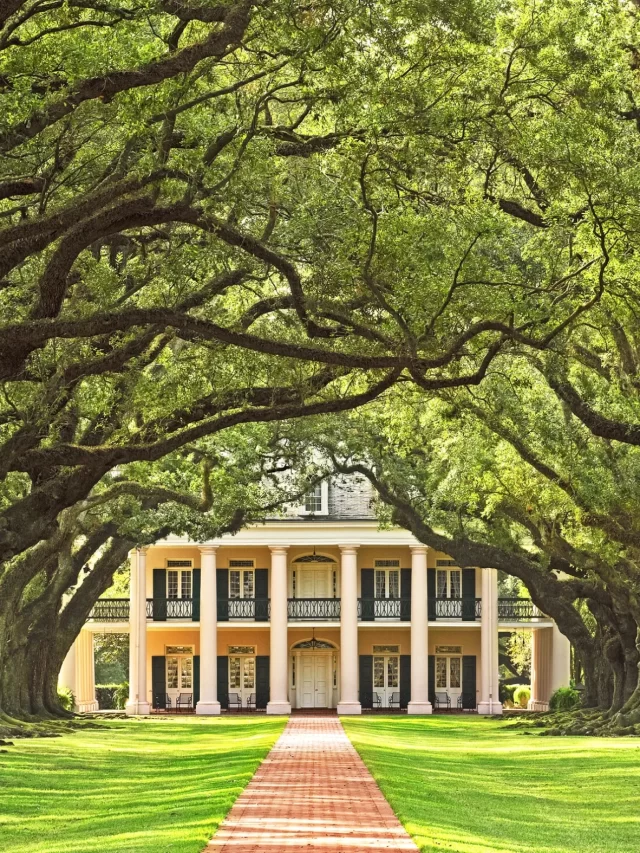A Symbol of Bygone Era: Antebellum Architecture
Recently, the term has become synonymous with pre-Civil War plantation-style architecture and is now a relic of subjugation bygone. Antebellum architecture is characterized by high, fluted Corinthian columns and Kight pointed out that much like the politics of those Louisiana politicians in their Egyptian Revival temples, antebellum architecture was a product not only of ideas about society but economics as well. In this article we showcase what characterizes antebellum architecture, how it has influenced modern design and why homeowners and architects alike are still obsessed with the historic style today.
Understanding Antebellum Architecture
Antebellum is a Latin word meaning “Before the War”, especially to America before civil war (1861-1865). States like Georgia, Louisiana and South Carolina of the Southern part in America had experienced a plenty amount of Antonodebellum architectural boom between 19th century. Categorized by Greek Revival and Neoclassical motifs, these designs find their origins in the ancient cities of Greece and Rome. Plantation houses served as homes but also status symbols of wealthy landowners built on estates that often covered several hundred acres.
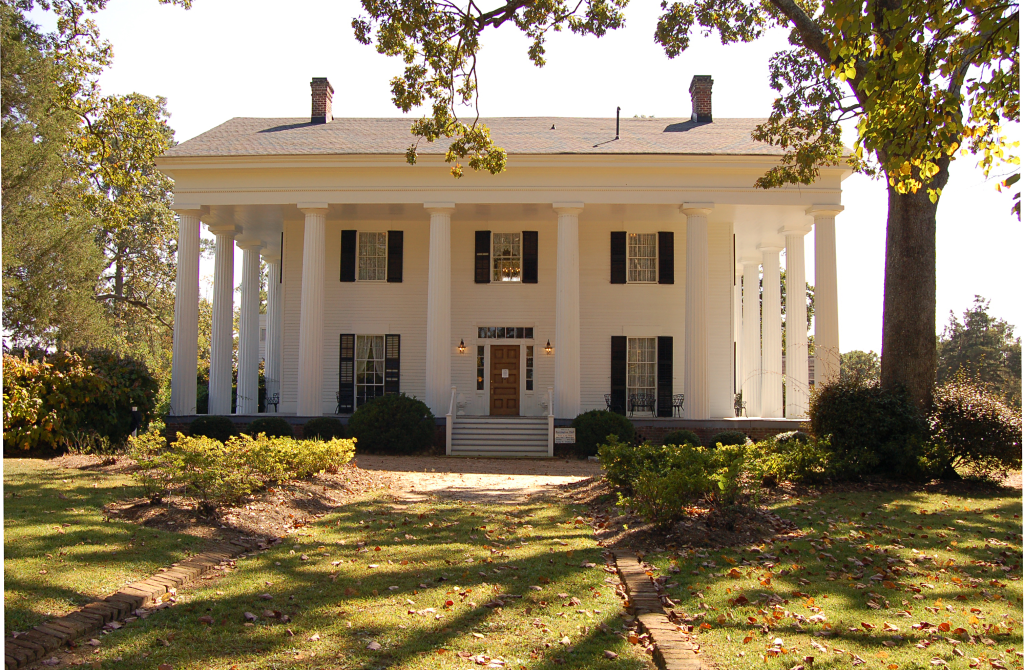
Key Features of Antebellum Architecture Style
The house is an example of the antebellum architecture style and has several characteristics distinguishing it as such. The defining feature of mcm homes for sale is the tall white columns,typically spanning from end to end along ther front elevation of the house. They are home to the grand portico, supported by these columns which in turn act as a shaded outdoor living room doubling up both on entrance and social space.

Antebellum architecture is also known for its symmetry. Common floor plans are middle hall, with rooms occurring in a mirror image between two sides of the home. Large, double hung windows exude light and views of the garden areas with custom built in shutters. The roofs are often low-pitched or flat, and the exteriors have walls of white stucco (or painted wood).
Antebellum Architecture Floor Plans
Floor plans from antebellum houses were carefully planned for beauty as well as practicality. This breezeway is the central hallway of sorts, connecting all the major rooms and creating a cross-breeze effect through those hallways in oppressive Southern summer heat. The first floor contains formal dining and reception rooms, as well as a large entry foyer with an elegant stair hall leading to the uppline levels.

The second floor is typically reserved for the more private rooms, ie bedrooms and an additional study. The symmetry of the floor plans mean that each room gets light and air equally — an important consideration in a humid region like the south. These kitchens and servant quarters were typically kept separate from the main living spaces, often in outbuildings or a wing of its own.
Modern Antebellum Architecture: A Blend of Tradition and Innovation
While antebellum architecture is steeped in history, its reach extends to modern design. While midcentury style is a thing of the past, it lives on in modern architecture with architects and homeowners turning to this classic for its ageless beauty. Today’s antebellum-inspired architecture often offers the classic columns, symmetry and vast porches that were common with their 19th century homes — but in newer materials or technologies.
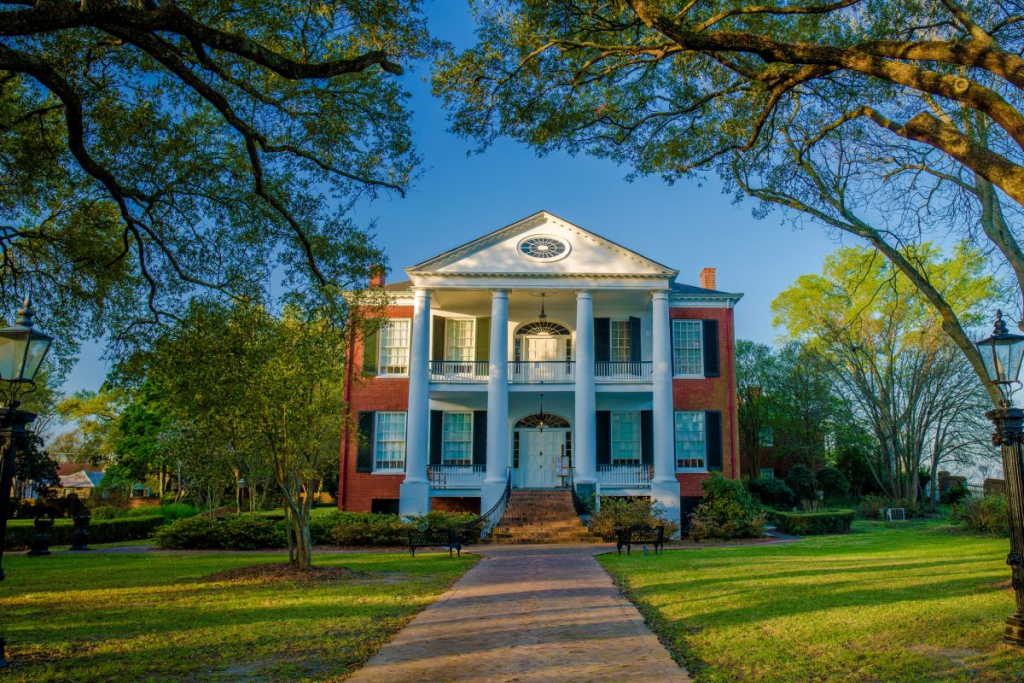
The interior architecture of the antebellum South is, once again, back in vogue; we can sense a fondness for high ceilings and intricate moldings alike — even to grand staircases. modern amenities combine with open floor plans for a combination of old world charm and modern convenience.
Antebellum Architecture Homes for Sale
Antebellum architecture homes for sale provide those interested in owning a piece of history with an incredible chance to do so. Many of these homes have been painstakingly restored, keeping the typically highly desirable built-ins and other details with all new mechanicals to cater well to today’s buyers. These homes are available right across the Southern United States with some of best-preserved examples found in states like Louisiana, Georgia and Mississippi.
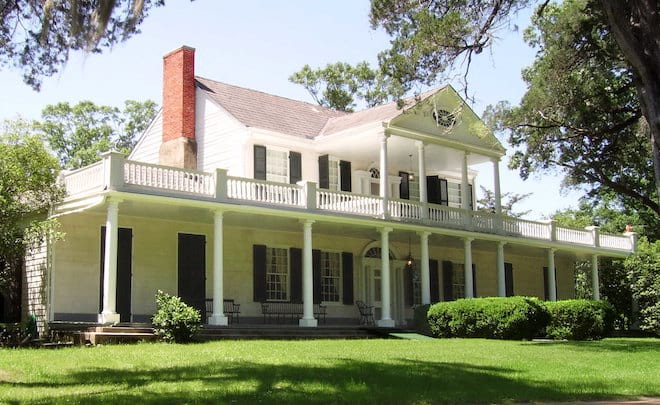
Living in an antebellum home isn’t just about the architecture, it’s a way of life rich with history and tradition. Often these homes sit on large estates with gardens, fountains and other historical outbuildings. The expansive grand spaces within feature exquisite detailing and finishes that are boundless.
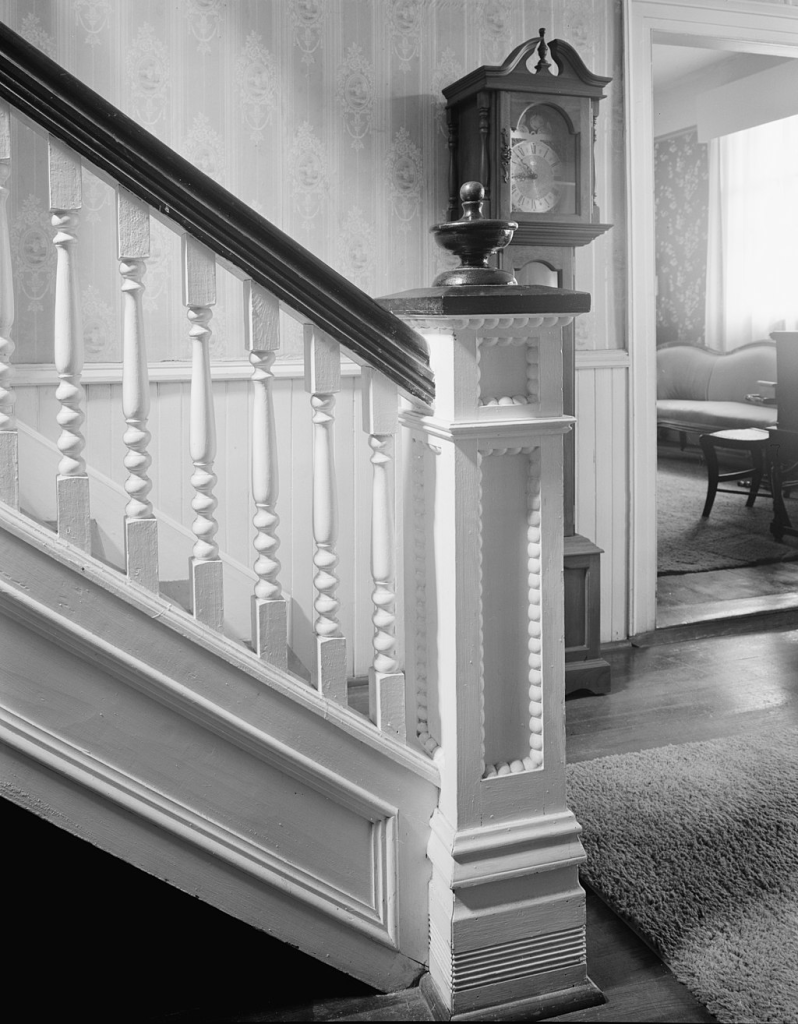
The Legacy of the Antebellum South Architecture
But the legacy of antebellum South architecture transcends even those physical structures. Some may say these homes themselves are a product of the dark and sinister past, others will call them history lessons bleeding with venom. They may be objects of desire, prized for their beauty and finesse, but they also stand as stark reminders of the disparities that divided society in wartime.

Now, preserving and restoring antebellum homes is frequently accompanied by efforts to educate… A number of these, which have been transformed into museums or heritage sites where visitors are able to experience the history enjoyably as it tells its tale.
Conclusion
There is more to antebellum architecture than just a style, but it stands as an emblem of a history that was both colorful and fraught — one we are still reckoning with in the world of design. From the majestic columns to their symmetrical floor plans, antebellum homes live on through an aesthetic that continues to entice homeowners and architects. Whether you are in the market for an antebellum architecture house, want to take a look at some interior antebellum homes or just appreciate the splendor of this historic style, understanding how prosperity clashed with democracy during that tragic time can give us all perspective on our lives today.
Feature Image Courtesy of Oak Alley Plantation



